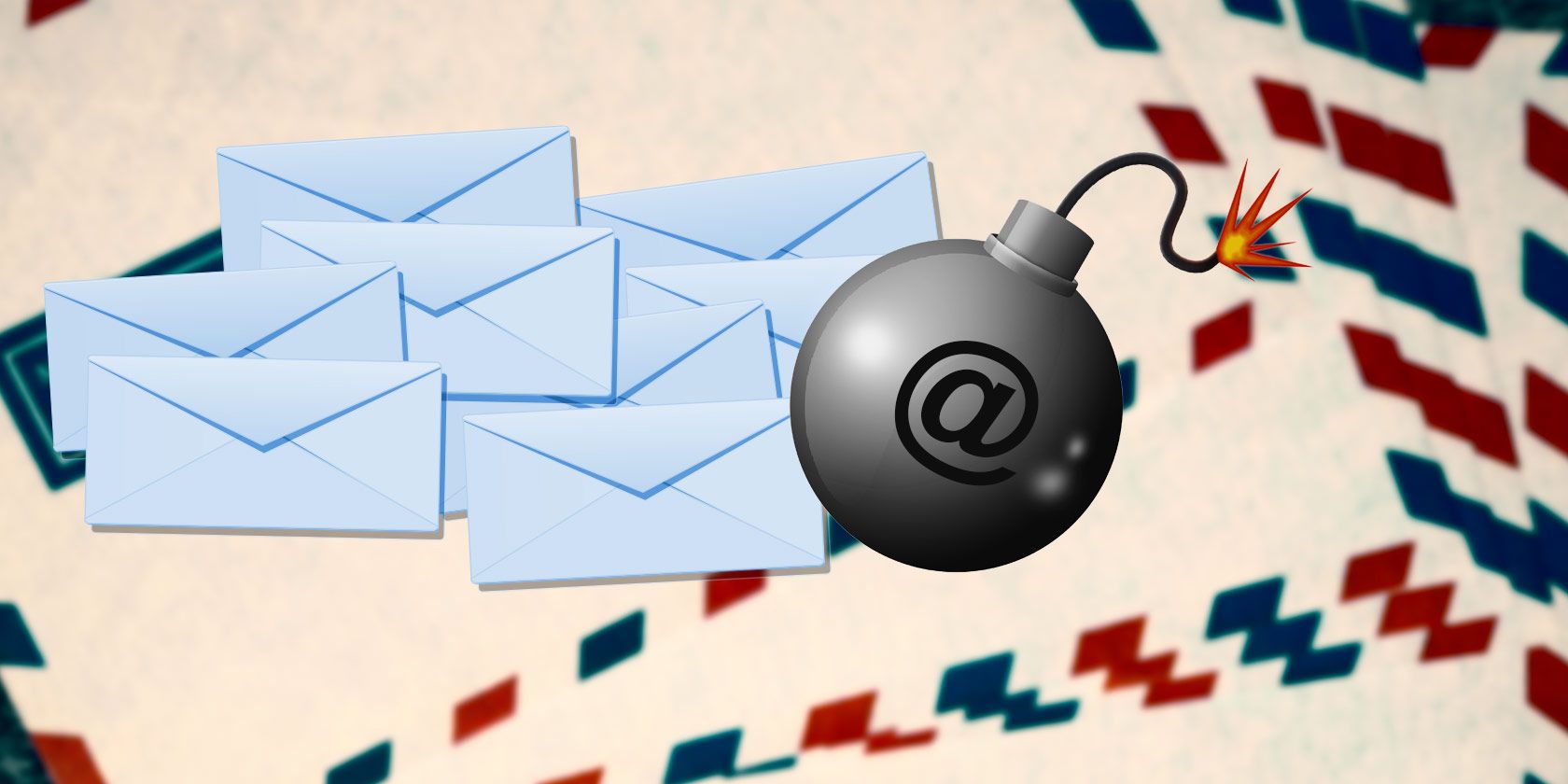
Upload your file or files to your cloud storage provider.Instead, use a cloud storage service like Dropbox, OneDrive, Google Drive, or others. Honestly, this is the real solution: don’t send files as attachments at all. You might get lucky, and things might improve. Ask your recipients to do what they can on their end to ensure that your email is as trusted as it can be.Send smaller attachments, as you have, by sending multiple attachments in separate emails rather than together.To the extent you can, send from email domains and services with a good reputation.It’s impossible to guarantee that an email - with or without attachments - will be delivered 1, but you can stack the deck in your favor. Solution #1: Stack the deck in your favor Unlike simply copying a file from one machine to another, where only two machines are impacted, an email travels across several servers, and each of those has to have the resources to handle it without adversely impacting other email deliveries. Larger files are an issue because of the time it takes to send them and the disk space required to hold them.

If your ISP allows you to send a large file, it doesn’t guarantee that your recipient’s ISP will allow him to receive it. The problem is that even though “a certain size” might be getting larger over time as the internet and its technologies continue to improve and grow, it also varies from ISP to ISP. Attachments are often the reason, since they quickly add heft to any email message. Large files have always been a problem for email, and ISPs regularly disallow emails that exceed a certain size. Depending on their email program or system, this may be something that they can configure by file type (allow “.jpg” attachments, but not “.exe”), by sender (usually by adding the sender’s email address to an address book or contact list), or globally. The recipient must somehow indicate which attachments are accepted. Problem #3: Explicit attachment blockersįor the very same reason mail systems consider attachments risky, many email programs now come pre-configured to block access to some or all attachments, and many email systems - most notably corporate systems - often do the same. Any item - from your personal email address to the specific server your email service happens to use - can be considered a strike against you if that item has a bad reputation for having sent spam in the past. The most important thing to realize is that reputation matters.
#How do i block emails that have attachments ending in .ace free
The reason is simple: those free services have been abused by spammers for years. The reputation of each of those items, and probably a few more I can’t think of, contributes to an email’s probability of being flagged as spam.įree email services in particular (Hotmail,, , etc.) have a slightly higher chance of being flagged as spam than, say, email from a business domain using a high-quality email-sending service.

You should be skeptical as well, but you have the advantage of knowing whether or not you can trust the sender and whether or not you’re expecting an attachment. The result is that ISPs, mail programs, and mail servers are all extremely suspicious of any and all attachments. Perhaps the single biggest issue is that emailed attachments are the number one vector for malware. 🙂įocusing on just the attachment part of the equation, however, there are a number of potential problems, and I’ll try and touch on a few of them. Heck, there are many reasons email without attachments might not make it. Finally, you only need to check the body property of that MessagePart, and read the attachmentId field inside.There are many reasons emails with attachments fail to be delivered.




 0 kommentar(er)
0 kommentar(er)
